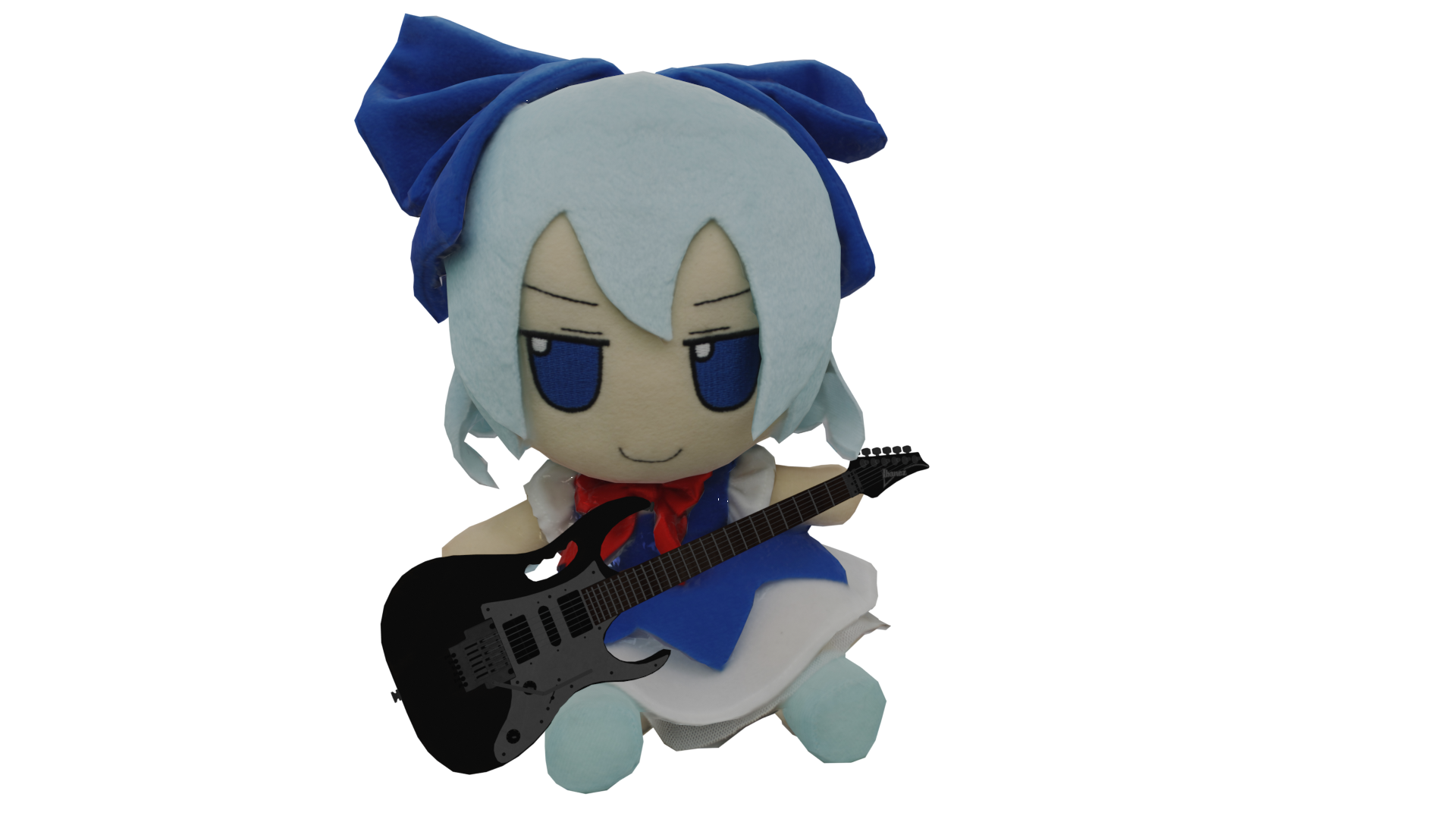
A DAW is a digital workstation for audio meaning that it is a combination of devices that work together. They are meant to replicate hardware you would need to produce music. DAW is a loose term, but they are expected to have these things:
All of these things represent real hardware and a DAW works by having these things connected together. A groovebox is also a combination of these. A groovebox (such as Akai MPCs and Elektron machines) is like an audio workstation put into a portable box that you can operate with buttons and knobs.
To make sounds, an audio workstation would need to be connected to instruments. The sound of a synthesizer or drum machine would be sent to a mixer and recorded on to audio tracks by the audio recorder. MIDI messages from those instruments can also be recorded by connecting them to a MIDI recorder/sequencer through a MIDI connection. These messages are recorded to MIDI tracks.
In a physical workstation, you would need many machines and connections, but a DAW sets these up for you.
Plugins are instruments and effects that are connected to the workstation. Some DAWs come with their own instruments and effects, but they can work with external software made by someone else which are called "plugins". In a physical setup, you might have a groovebox working as the brain of the workstation which can have some of its own built-in instruments and some effects like a compressor and delay. A groovebox can also be connected to external instruments and effects like another synthesizer and more effects. These external instruments are "plugged in" to the setup just like how external software (plugins) developed outside the DAW can be part of the workstation.
There are many different DAWs and the type people will prefer will depend on things like how they prefer to work, the instruments and effects they come with, and support availible. DAWs can be thought to come in two styles:
Linear timeline DAWs function like studio tape recorders and are best for recording performers in real time like if you were recording a band. Some of them also have music notation editing.
Pattern based DAWs have a similar workflow to grooveboxes which allow you to record loops that you can play back to record into a song. There would be a section for recording and playing back the patterns (pattern mode) and a section for the rest of the song (song mode). For example, the pattern mode of Ableton Live is its "session view" and the "arranger view" is its song mode. This type of workflow would be useful for people that make music in genres that uses a lot of loops like electronic music and hip hop.
The things to consider when choosing DAWs are their ways of doing things and the best one to go with depends on what matters most in your music production and how you prefer to work. You can accomplish the same results in different DAWs but some will do things better than others so try out some of the ones you might like with a free trial.